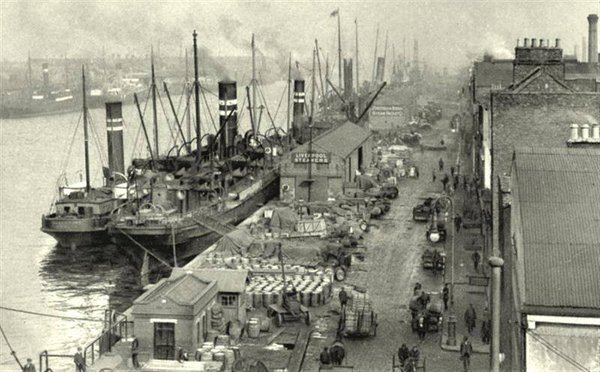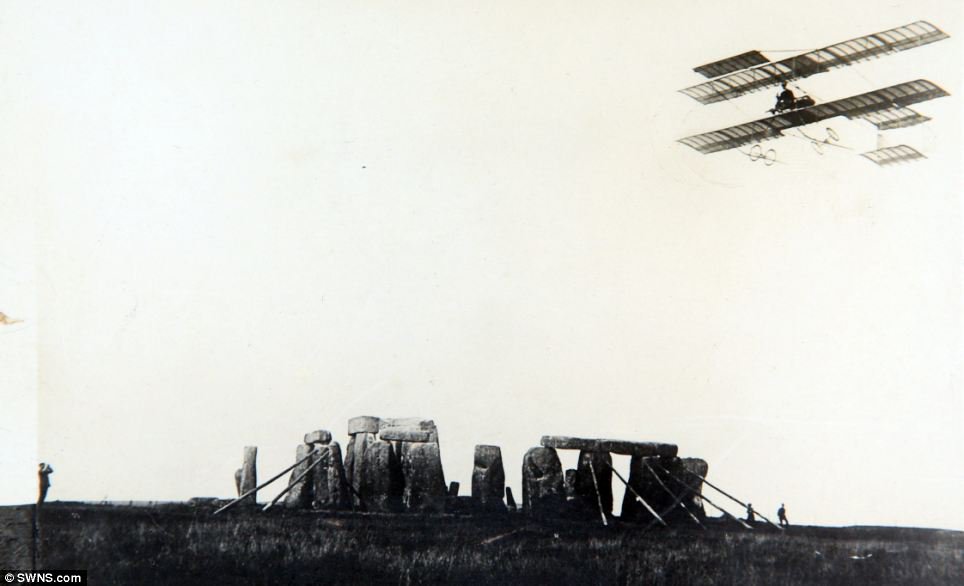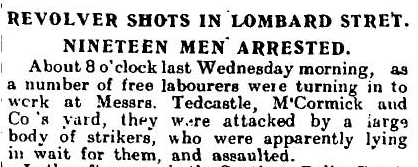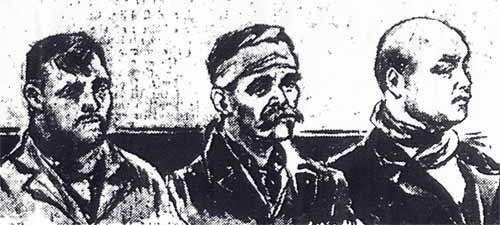
The SS Adela was built in 1878 by Henry Murray and Co. at their Glasgow yard. The steamer was almost two hundred feet long with a gross tonnage weight of 685. Built for Robert Tedcastle, the Vessel was intended for the cross-channel passenger and cargo trade. Constructed with the most modern innovations for the handling of livestock, and with improved cabin space for the number of fare-paying passengers and twenty-one crew, she would prove to be very popular ship on the Dublin-Liverpool route, which she served until 1917.
Robert Tedcastle had been born in Dumfriesshire, Scotland in 1825. He moved to Dublin and became involved with his uncle’s coal business. A successful endeavour, by the 1840’sit moved into the cross-channel shipping of their product. When his uncle returned to Scotland, Robert remained and operated a growing fleet of sail and steam ships. His first steamer, the SS Dublin, was supplied in 1866 by the Dublin yard of Walpole Webb & Co. Tedcastle’s ships eventually entered passenger and general cargo service on the Dublin-Liverpool route in 1872. His nephew John Tedcastle also joined the family business, and they would come to own an impressive fleet. In1897, they brought this with them when Robert Tedcastle & Co. would become partners with Dublin coal merchants McCormick & Co., leading to the creation of Tedcastle McCormick & Co. Ltd.
Robert Tedcastle was one of Dublin City’s most successful businessmen. His ships operated from their berths opposite his premises on Sir John Rogerson’s Quay. The adjoining properties on the quayside were occupied by some of the best-known shipping companies of the day.In addition to owning and renting the adjoining houses on Lime Street and Brady’s Court, he also acquired extensive farmlands in Australia. In 1864 the family had purchased their house and estate at Marlay Park, Rathfarnham, where they remained until his death in 1919.

The SS Adela and other Tedcastle ships at Sir John Rogerson’s Quay
In 1910 the SS Adela would take part in a unique rescue mission, which gave it a supporting role in another historic event. Robert Loraine was a successful London and Broadway stage actor & manager. Among his most notable successes was introducing the George Bernard Shaw play “Man and Superman” to Broadway in 1905. He also had a great interest in the new technology of aviation (being the first person to fly in a rainstorm), and on 11th September 1910 he made what is credited as being the first aeroplane flight from England to Ireland, though his craft actually came down in the Irish sea about 200 feet from the shore . And this is where the SS Adela comes in:
“It struck the water about 60 yards from the shore near the Bailey lighthouse. Lorraine, who was wearing a life belt, swam toward the lighthouse from which a boat put out. Soon afterward the Dublin steamer Adela lowered a boat and drew the partially submerged aeroplane to the side of the steamer. After reaching the lighthouse Loraine set out again in a boat for the Adela and superintended the hoisting of his aeroplane to her deck. He found the injury to the machine was slight. The engine was in perfect condition”.

Robert Loraine flies over Stonehenge 1910
During the Great Lockout of 1913 the Company would gain some notoriety, though theirs is a story in stark contrast to that of the SS Hare and its voyage of hope. As the dispute began, Tedcastle & McCormick sacked workers for refusing to deliver coal to a Coolock farmer who was refusing to recognise the Irish Transport & General Workers Union (ITGWU). One hundred further employees refused to carry out deliveries until their colleagues were reinstated, and these were quickly sacked too. The situation would quickly escalate and explode into violence, with the Company and those it hired to replace its workforcebeing associated with some particularly nasty incidents.

Tedcastle & McCormick were among the Dockland companies which would employ strike breakers brought into the City specifically for this purpose. Described officially as Free-Labourers, though more commonly known as scabs,these men were often armed with revolvers,and these were used recklessly and on occasion with lethal effect.
Tensions came to a head when a full-scale riot broke out in the vicinity of Townsend Street and Lombard Street on the morning of the 21st January 1913 when strikers ambushed and clashed with up to eighty strike breakers going to work at Tedcastle’s and shots were fired on the street.One of the most tragic occurrences during this period was the shooting of 16-year-oldAlicia Brady. She was returning with a food parcel from Sir John Rogerson’s Quay for her family at Luke Street, off Poolbeg Street when she was injured by a ‘free labourer’who fired two shots into a crowd jeering him, dying from her wound two weeks later. Both Jim Larkin and James Connolly spoke at her graveside, the latter stating, “Every scab and every employer of scab labour in Dublin is morally responsible for the death of the young girl we have just buried”. Patrick Traynor was charged with murder but found not guilty.
Thomas Harten was a County Meath man working for Tedcastle & McCormick. He was staying on Beresford Place at “The Barracks”, accommodation provided by the Employer’s Federation specifically for strike breakers, located dangerously close to ITGWU headquarters at Liberty Hall. Harten and a companion had enjoyed a Saturday evening on the town, when at 10.30 p.m.they were accosted on Eden Quay and beaten by a group of men. Harten would die, his head ‘crushed like an eggshell’. Thomas Harten had been in the city just six weeks, and that afternoon had bought himself a revolver. A number of strikers were arrested and a North Dock man, Tom Daly was charged with his murder but was eventually acquitted.

Tom Daly (right) and two others charged in relation to Hartens death

Courtroom sketch of injured strike breaker
The SS Adela continued to sail the Dublin – Liverpool route without any significant incidents until 1917. The log records only minor matters. Charles Pescod had served on Tedcastle vessels since at least 1880 and was 1st Mate on the SS Adela since he joined the crew in 1900. Himself and Captain Tyrell seemed to be particularly diligent, and regular safety checks are signed by both men –
“Life boats swung out & crew exercised. All gear working well. Life saving appliances examined & in good order”.
The torpedo attack on 27th of December 1917 led to the damage of the lifeboats and all were smashed except one. Unfortunately those who made it into this boat would still not survive their ordeal, except for Captain Tyrell, the sole survivor of the final voyage.
In 1919 the Tedcastle & McCormick fleet came under the control of British & Irish Steampacket Company. The company continued operating as coal merchants. The company, which was founded during the age of the sailing ship has progressed over the two centuries of its existence, and is now Top Oil, still retaining a presence in Dublin Port, at Promenade Road.

For further information , corrections or clarifications please contact : adelahare1917@gmail.com








